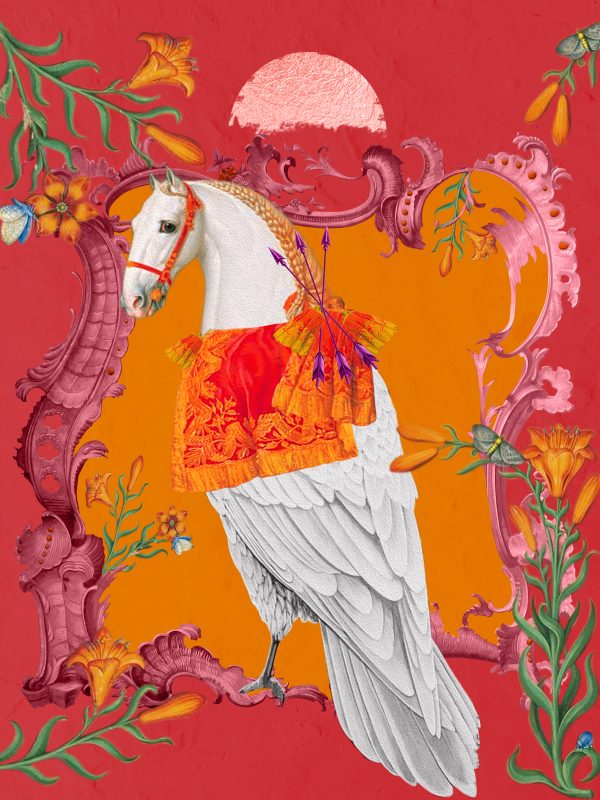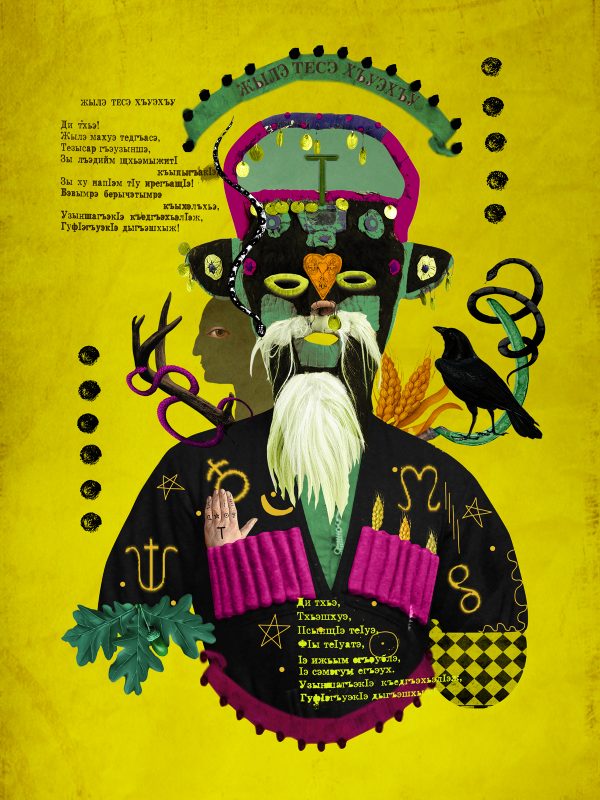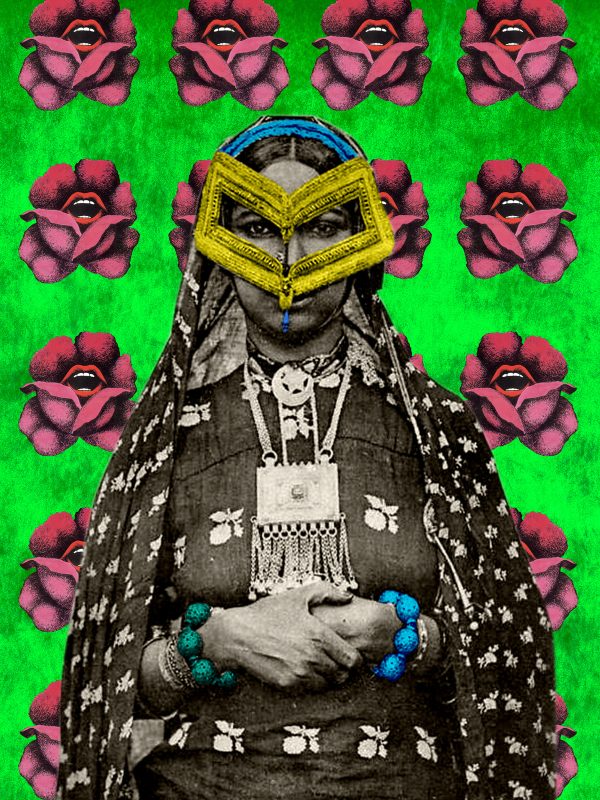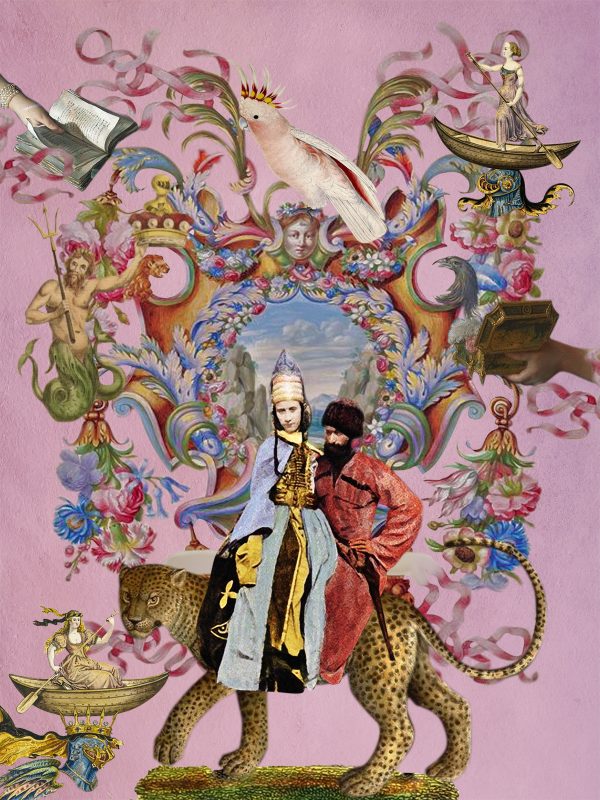About Zaina
Zaina El-Said was born in 1978 in Jordan. Her family background is a blend of politicians, military personnel as well as artists and designers.
Zaina completed her higher education in 2001 from the American Intercontinental University in London. Between travels and missions between Europe, America and Russia, it wasn’t until year 2010 that Zaina settled back in Amman and took up art as her career path. The creative part of the family dominated her choice in career, and it seemed destined she would eventually follow that part of the household footprints.
Zaina began painting, mainly drawn to geometry and calligraphy, but it wasn’t until 2014 that she took a major turn and delved into the world of collage art. Using different material on canvas was a starting point which led to creating whole pieces from cut out magazines, newspaper, CD covers and any available material she found. It was the different textures and eclectic and surreal result that she was drawn to achieve. Collage art was a way in assembling worlds from already existing places and people. Moving forward with the collage technique, Zaina switched to digital collage, and managed to mix both digital and hand cut together in her works.
Zaina's collage art focuses on assembling many worlds into one, usually led by a protagonist; she focuses on mixing world cultures, architecture, motifs, archaeology, arts and nature into a single portrait to convey that human innovation complements one another harmoniously with nature. Her works can be described as surreal, symmetrical, colourful and full of patterns. A large part of her work is dedicated to exploring and uncovering the ancient history, mythology and cultural issues of the North Caucasus region and people. Tree veneration, animism, shapeshifting and bygone pagan rites and rituals consume much of El-Said’s work, attempting to view the world from a perspective, which is now extinct.
El-Said's artwork is part of private and public collections including the Durham University Oriental Museum, the Agha Khan Museum and galleries across the Middle East, North Africa, Europe and Russia.
Zaina completed her higher education in 2001 from the American Intercontinental University in London. Between travels and missions between Europe, America and Russia, it wasn’t until year 2010 that Zaina settled back in Amman and took up art as her career path. The creative part of the family dominated her choice in career, and it seemed destined she would eventually follow that part of the household footprints.
Zaina began painting, mainly drawn to geometry and calligraphy, but it wasn’t until 2014 that she took a major turn and delved into the world of collage art. Using different material on canvas was a starting point which led to creating whole pieces from cut out magazines, newspaper, CD covers and any available material she found. It was the different textures and eclectic and surreal result that she was drawn to achieve. Collage art was a way in assembling worlds from already existing places and people. Moving forward with the collage technique, Zaina switched to digital collage, and managed to mix both digital and hand cut together in her works.
Zaina's collage art focuses on assembling many worlds into one, usually led by a protagonist; she focuses on mixing world cultures, architecture, motifs, archaeology, arts and nature into a single portrait to convey that human innovation complements one another harmoniously with nature. Her works can be described as surreal, symmetrical, colourful and full of patterns. A large part of her work is dedicated to exploring and uncovering the ancient history, mythology and cultural issues of the North Caucasus region and people. Tree veneration, animism, shapeshifting and bygone pagan rites and rituals consume much of El-Said’s work, attempting to view the world from a perspective, which is now extinct.
El-Said's artwork is part of private and public collections including the Durham University Oriental Museum, the Agha Khan Museum and galleries across the Middle East, North Africa, Europe and Russia.





